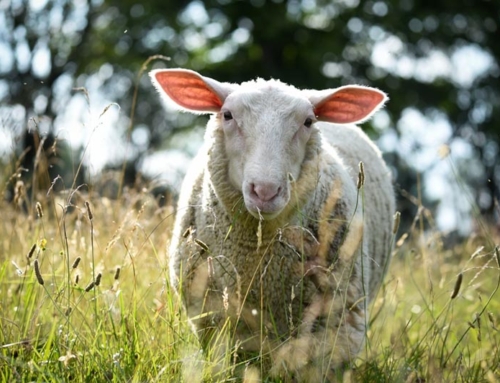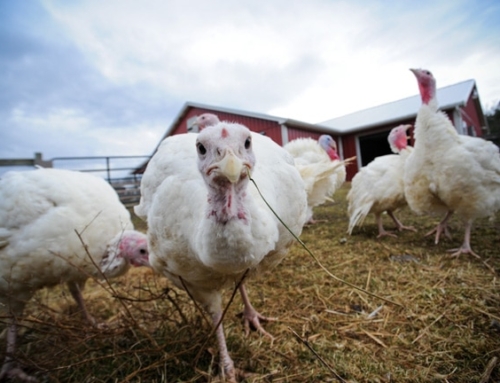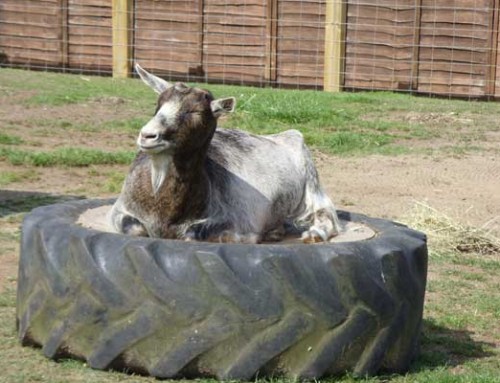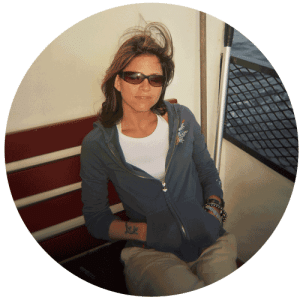Woodstock Farm Animal Sanctuary: A Place to Call Home
Disclosure: This post may contain affiliate links
Dylan, a rescued veal calf, found a place to call home at Woodstock Farm Animal Sanctuary. Here's his story.
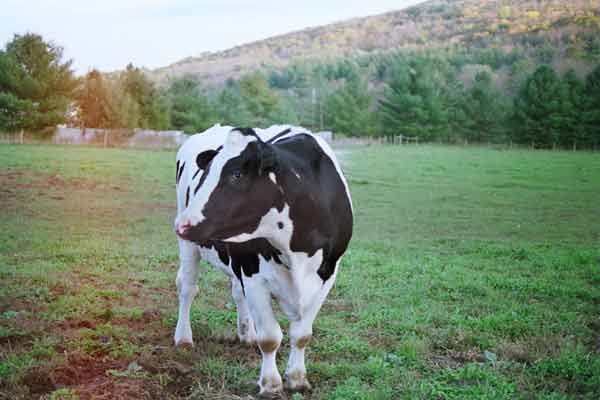
What's in this post

When I began to learn about sanctuaries and what great work they do, there was no sanctuary name I heard about more than Woodstock Farm Animal Sanctuary, located in the famous hippie-haven town of Woodstock, New York. I had visited their site multiple times, read up about the animals, bought a membership and even sponsored Beatrice, the (gorgeous) turkey. Despite all these acts, I had never found a chance to make my way to upstate New York.
Until last summer, when I read The Lucky Ones: My Passionate Fight for Farm Animals, by co-founder and owner Jenny Brown. The book was a page turner, from Jenny’s inspirational childhood to her own awakening veganism. What I loved most about the book, however, was her anecdotes of all the resident animals at the sanctuary. And no other anecdote pushed me to visit the sanctuary more than the story of Dylan, the veal calf. Dylan was taken from his mother within the first 48 hours of being birthed. Male cows born into the dairy industry cannot be used for milk, and cannot be used for beef, so they are instead slated to become veal.
- Dairy consumption and veal are deeply connected. You cannot have a dairy product without a cow becoming pregnant. Veal is a by-product of the dairy industry.
- Veal production is based on the cyclical nature of dairy production. In order for dairy cows to lactate, they must be forcefully impregnated. This is a stressful process for the dairy cow, who must endure cycles of pregnancy and the drain it must be on their livelihood. They also suffer from the stress of being immediately separated from their newborn.
- Male cows are of no use, as they can’t be used as dairy cows for milk, and so they are immediately taken from the moment of birth and put through a stressful process of being sold and relocated. The calf is either slaughtered within a few days, or chained into a confined box for up to 20 weeks, with no exercise, no free space to roam, and no interaction with his mother, all in order to make the end product of veal be more tender. For those 20 weeks the calf suffers from prolonged deprivation of social interaction, sensory stimulation, and physical movement.
- Since the calf is separated from his mother, he doesn’t receive the adequate nutrition needed from his mother’s milk, which is instead used towards dairy products. Calves slated to become veal are fed a milk substitute that lacks the essential vitamins needed, the most important being iron and fiber. Since these calves lack iron and fiber, they become anemic, and the end product, veal, is a pale, milky color, a desirable standard by the veal industry.
Dylan was not even considered to be kept for veal, and so was instead left to die outside, tied to a post. A couple discovered him, sick and covered in his own feces. They were able to take him away from the farm, and Woodstock Farm Animal Sanctuary gave Dylan a new home.
He arrived at the sanctuary sick, as a young calf needs his mother’s milk in order to get the essential nutrients needed to grow up healthy. The sanctuary crew took special care of Dylan, but he wasn’t just sick, he was lonely. He found solace in another unlikely resident, Olivia, a goat. In the book, Jenny described their relationship as being like mother and son. Dylan was attached to Olivia, and this gave him strength to go on. Eventually he went from being a timid, weak calf to a hefty, full grown cow. However, he never quite grew up, and continued to act like a little baby boy, not realizing his own size.
I visited Woodstock Farm Animal Sanctuary last August, Labor Day Weekend, and took one of their tours. I was eager to meet Dylan, because his story really stuck with me. I will never forget when I did finally see him. He was grazing far out in the largest pasture of the sanctuary, against the backdrop of a mountain. Our tour guide called out his name, and he turned, and he came running across the field to meet us. Of course, we had treats to give him, which was definitely a motivation to come running. But still, I will never forget that vision, I think because I recognized the happiness that comes with just being able to sometimes relax in a place you call your home, and to be greeted with visitors who are happy to see you. I’m glad Dylan has that now.
You can sponsor a cow through the Woodstock Farm Animal Sanctuary site.
Photo credit: Allyson Dwyer

